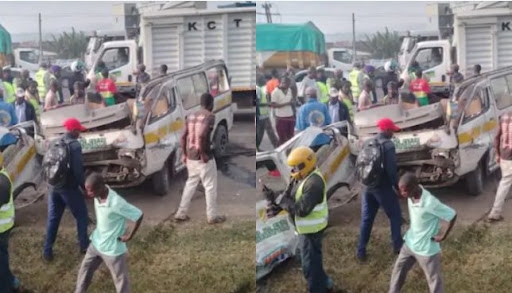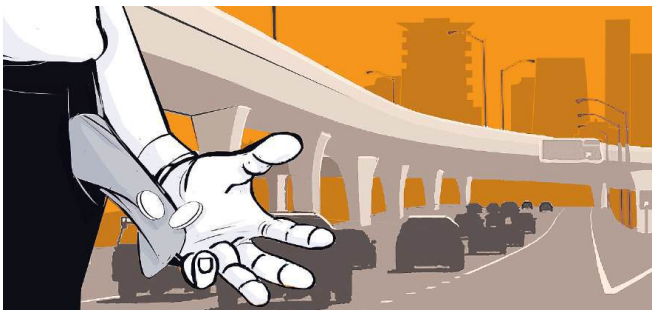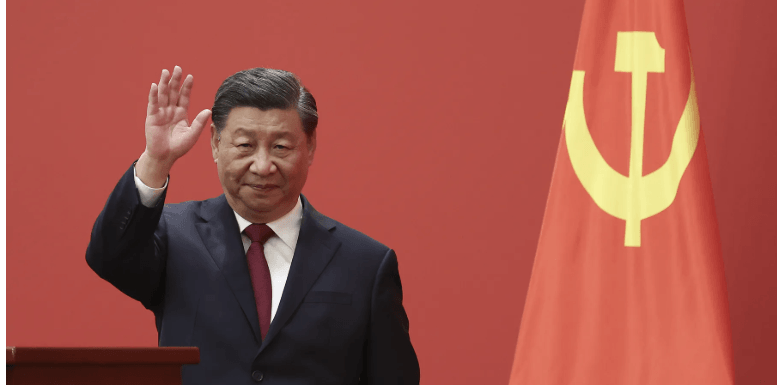

Esther doesn’t speak much about the accident anymore. Not because she has forgotten—it’s because she hasn’t. Her brother, David, was a university student on his way home for the holidays when the bus he was riding in swerved to avoid an oncoming truck. It didn’t make it. There was no median barrier. The truck didn’t stop. David never made it home.
“If only the road had been built differently,” Esther said. “That’s the thing. Just a line in the middle. That’s all it would’ve taken.”
Her story isn’t unique. Across sub-Saharan Africa, families receive that call—sudden, final, devastating—every day. According to the World Health Organization, Africa has the highest road traffic fatality rate in the world, at 26.6 deaths per 100,000 people, nearly three times higher than Europe’s. Road traffic injuries are now the leading cause of death among people aged 5 to 29 across the continent.
And yet, the design of the roads—the physical spaces where these tragedies unfold—rarely enters the conversation.
We talk about bad drivers, speeding, corruption, or lack of enforcement. But we seldom ask a more fundamental question: What if the system itself is flawed? What if the way we build our roads is making death more likely, not less?
Roads are not just strips of tarmac. They are moral infrastructure. A poorly designed intersection, an undivided highway, or a lack of sidewalks for pedestrians are not oversights—they are decisions. And every decision carries a cost.
In Sweden, a different approach took root in the late 1990s. They called it Vision Zero—a belief that no one should die or be seriously injured on the road. It changed everything. Roads were redesigned to reduce speed, absorb impact, and forgive human error. As a result, the country now records just 2.2 deaths per 100 million vehicle kilometers traveled, among the lowest in the world.
Norway adopted the same model in 2001, redesigning its roads, separating vulnerable users, and prioritizing speed management as a structural feature. The results were rapid and remarkable. The fatality rate dropped by 68% by 2019, with fewer than 100 road deaths annually in a population of over five million. In 2022, the rate stood at just 2.0 deaths per 100,000 people.
These countries didn’t simply lecture drivers. They changed the roads.
Sub-Saharan Africa can do the same—but first, we must stop accepting preventable deaths as inevitable.
Most of the region’s roads are shared by cargo trucks, schoolchildren, motorcyclists, informal vendors, and pedestrians. Yet very few have crosswalks, footpaths, lighting, or barriers. A single-lane highway might carry speeding vehicles in both directions, with nothing but a fading paint line to separate them. When a mistake happens—and it will—there is no forgiveness built into the system.
Safe road design doesn’t require wealth. It requires will. It means installing speed bumps in towns and school zones. Adding median barriers on busy highways. Building sidewalks and protected lanes. Slowing down vehicles where people live and walk. It means designing for the worst-case scenario—not the ideal.
According to the World Bank, every $1 invested in road safety yields $3 to $6 in economic return. Yet across much of Africa, infrastructure investment continues to prioritize speed, connectivity, and expansion—while pushing safety into the margins.
The economic burden of crashes is devastating. The African Development Bank estimates that Africa loses 2–3% of its GDP annually to road traffic injuries. That’s tens of billions of dollars in productivity, treatment, and lost futures.
We know what works. The question is whether we have the courage to build it.
Engineers, planners, ministries, and funders must begin to see road safety as a public health priority—not just a transport issue. And they must ask different questions when designing a road: Will this road protect a child walking home from school? Will it slow a vehicle before disaster strikes? Will it give a second chance when someone makes a mistake?
Esther’s brother was not a statistic. He was a student, a son, a young man with plans. His death was not inevitable. It was the result of a system that chose convenience over safety, and silence over change.
We owe him—and the hundreds of thousands like him across Africa—something better.
Okumu is a Surgeon, writer and advocate of healthcare reform and leadership in Africa













